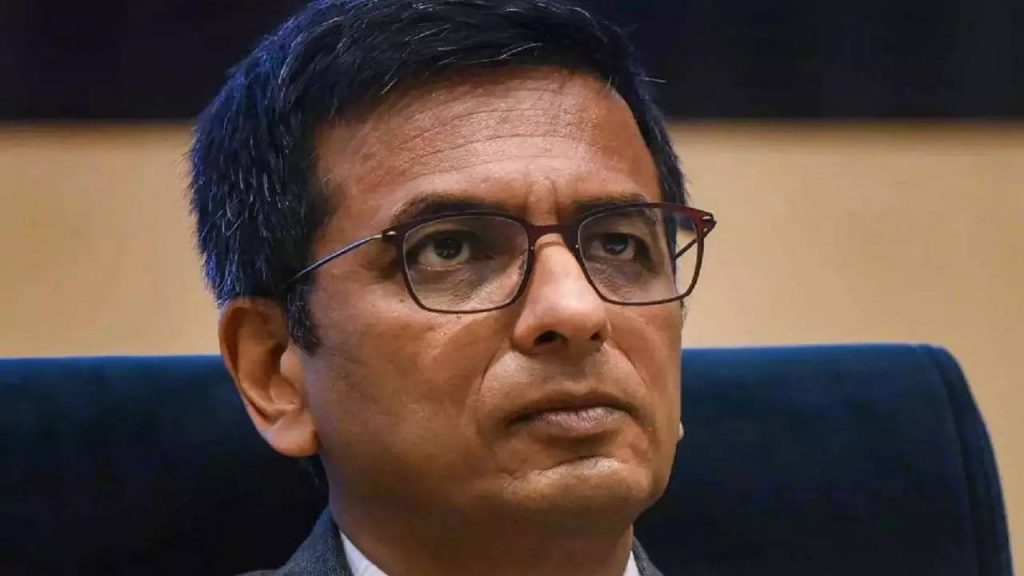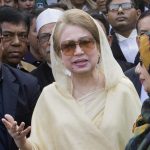On October 16, 2019, when the Chief Justice Ranjan Gogoi read out the unanimous verdict on Ayodhya case, something that aroused as much curiosity as the judgment by five-judge Constitution bench of the Supreme Court was its authorship. In a departure from convention, the judgment did not carry author’s name. But as the experts found, some vital clues emerged: the language and structure of the 929-page document, broken down into chapters, bore the mark of D V Chandrachud. Almost all its judgments, they pointed out, be it Aadhar, right to privacy or Sabrimala, followed that pattern.
Justice Chandrachud’s judgments, whether dissenting or concurring aroused similar interest—from his historic dissent in the Aadhar case when he said that a person’s multiple identities can’t be reduced to 12-digit number; or case when he was again the sole dissenting voice as he said “dissent is a symbol of vibrant democracy”; the soaring rhetoric of the Bhima Koregoan case, he was again the sole dissenting voice as he said “dissent is the symbol of a vibrant democracy” to the Hadiya case, when he held that a person’s right to choose a religion and marry was an intrinsic part of her meaningful existence.
If Aadhar, right to privacy and Bhima Koregaon cases saw him being hailed as a liberal and progressive voice in the apex court, his stand in the Ayodhya case and Arnab Goswami case saw him being cheered by the right wing . Dhananjaya Yashwant Chandrachud’s judgments set him apart not to be slotted in an ideological bracket – and to keep his critics and backers guessing—that will make his two-year term one of the most keenly watched stints by any top judge in the Supreme Court. D Y Chandrachud takes over as the 50th CJI on November 9 this year.
An alumnus of Delhi’s University’s Stephen’s College and its Faculty of Law and later Harvard University, where he did his LLM in 1983, followed by a doctorate in juridical Sciences in 1986. Chandrachud practiced as an advocate in the Bombay High Court and Supreme Court. He also served as additional Solicitor General of India from 1998 to 2000, until he was appointed additional judge of the Bombay High Court on March 29,2000. After serving Bombay High Court for over 13 years, he was elevated as Chief Justice of the Allahabad High Court on October 31, 2013 and later appointed a judge of Supreme Court on May 13, 2016.
The Chandrachuds, who hailed from Pune — his grandfather Vishnu B Chandrachud served as Diwan of the princely state of Sawantwadi (in present day Sindhudurg district of Maharashtra) later moved to then Bombay.
As a young boy growing in Bombay, Chandrachud was surrounded by music.-While his father, the late former CJI Y V Chandrachud, was a trained musician, his mother sang for All India Radio. Chandrachud is known to be an avid fan of his mother Prabha’s music teacher, the renowned Kishori Amonkar, who was regular visitor to their house. Family sources say an autograph of young Chandrschud sought from Amonkar read: “Music musically leads to silence”—a message that is known to have left a lasting influence on him.
At the age of 12, Chandrachud moved to Delhi to join his father when the latter was appointed the 13th Chief Justice of India. The move to the CJI bunglow meant the boy to know now had friends, among them K M Joseph, who lived a few feet away from the Chandrachuds. The friend, with whom he played football and cricket, the son of the then Supreme Court judge K K Mathew, is now justice Joseph, part of the SC’s top decision—making body, the collegium, along with Chandrachud. (IPA Service)

 New Third Front Of Seven Parties To Contest In Bangladesh Polls In 2023
New Third Front Of Seven Parties To Contest In Bangladesh Polls In 2023 